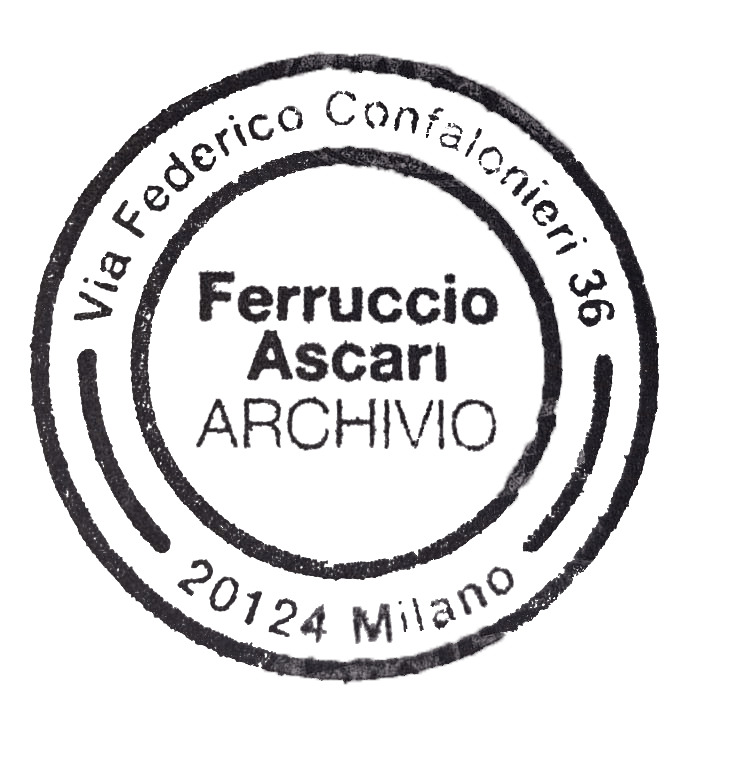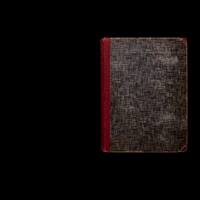20
12
Opera
Ultima
(english version coming soon)
1) Opera Ultima come Work In Progress. Opera in tensione. Tendente ad essere. Opera in corso d’opera.
Incompiuta. In agonia. Lavoro di cui venire a capo. Finalmente.[read]2) Opera Ultima come Capo-Lavoro. Non primo di tutti i lavori, il più eccelso di un’intera
opera d’artista, ma ultimo lavoro d’apprendista. Opera Ultima come fine d’un apprendistato.
3) Opera Ultima come Caput Mortuum. Come ciò che, da ultimo, resta. Parte finale d’un lento processo.
Feccia oscura, inerte. Residuo, senza utilità. Scoria, caput mortuum, merda. (Questione ulteriore se da quest’ultima, dalla merda, possa trarsi oro).
4) Opera Ultima come Opera Aurea. Comunque, mai al di qua della sua bellezza. Oro-oro. Anche letto alla rovescia, oro. Al di là dell’utile, comunque.
5) Opera Ultima come Opera Senza Utilità. All’Utile inassegnabile. Essenziale. E inutile.
6) Opera Ultima come Opera Vana. Spazio. Materia sottratta alla materia per fare il vuoto, per creare proprio quella cavità, il vano necessario. Vuoto che accolga, vano che racchiuda.
7) Opera Ultima come Esorcismo. Scongiuro tentato contro la paura del vuoto. Del nulla.
E, assieme allo sgomento, alla paura che comunque permane, irresistibile l’attrazione per ciò che non è dato conoscere. La tentazione estrema.
8) Opera ultima come Eskaton.[/read]
Opera Ultima. Terracotta, variable dimensions, 2012 [S0031]


















 [vc_images_carousel images=”3096,3097,3098,3099,3100,3101,3102,3103,3104,3105,3106,3107,3108,3109,3110,3111,3112,3113,3114,3115,3116,3117,3118,3119,3120,3121,3122,3123,3124,3125,3126,3127,3128,3129,3130,3131,3132,3133,3134,3135,3136,3137,3138,3139,3140,3141,3142,3143,3144,3145,3146,3147,3148,3149,3150,3151,3152,3153,3154,3155,3156,3157,3158,3159,3160,3161″ img_size=”full” onclick=”link_no” hide_pagination_control=”yes”]
[vc_images_carousel images=”3096,3097,3098,3099,3100,3101,3102,3103,3104,3105,3106,3107,3108,3109,3110,3111,3112,3113,3114,3115,3116,3117,3118,3119,3120,3121,3122,3123,3124,3125,3126,3127,3128,3129,3130,3131,3132,3133,3134,3135,3136,3137,3138,3139,3140,3141,3142,3143,3144,3145,3146,3147,3148,3149,3150,3151,3152,3153,3154,3155,3156,3157,3158,3159,3160,3161″ img_size=”full” onclick=”link_no” hide_pagination_control=”yes”]




















